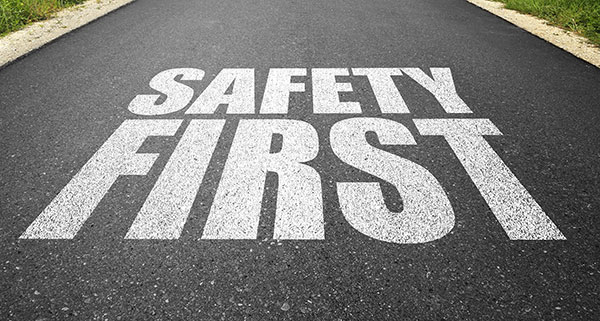
Think about the recent collisions experienced by your drivers. Were they caused by hazards or conditions out of their control? According to the National Safety Council, the majority of collisions are a result of human behavior, not physical hazards.
Your drivers may be experienced, but they may also have a few bad habits. To ensure your business operates safely, observing people as they work and talking with them about their actions as they occur is an effective way to identify errors and modify behavior. This involves much more than just providing ongoing training. It's about developing good habits and putting safety above all.
Effective observations are not the same as "ride-alongs." The most successful behavior modification programs are unannounced and unfiltered, not when you are in the passenger seat or directly next to the worker. Begin by observing your drivers and helpers, and use a form to take notes while they are:
- at the station or terminal while loading or unloading
- performing pre-trip, in-route and post-trip inspections
- adjusting mirrors and backing up
- operating the vehicle on the road and performing tasks during stops
Did you know it takes an average of 66 days to change or develop a habit? Don’t give up too early on your observation and training! Source: University College London
Focus your observations on the root causes of your most common and costly collisions, and provide feedback in the form of coaching. The primary goal is to help the driver understand their at-risk behaviors and develop corrective actions, not to find fault.
Remember, actions influence performance. Feedback must be immediate, unbiased and constructive, with the understanding that you are truly interested in the driver's/worker's safety and well-being.
To build a well-rounded and strong safety culture, it’s also important to have the following programs in place:
- a formal written safety policy that clearly outlines expectations
- a progressive disciplinary program that includes documented verbal and written warnings
- a safety incentive program to reward and encourage collision- and risk-free performance
-
Seasonal Driving Tips
-
Injury Prevention
ClickToAddCategories
No categories have been created yet.
Community
Company Updates
Driver Recruitment
Investor News
Transportation Safety
Claims
Driver Management
Driving Techniques
Distracted Driving
Seasonal Driving Tips
Sharing the Road
Health & Wellness
Injury Prevention
Regulations
Security & Cargo Theft
Vehicle Inspections
Weather Conditions
Workplace Safety
Workers Compensation
Done